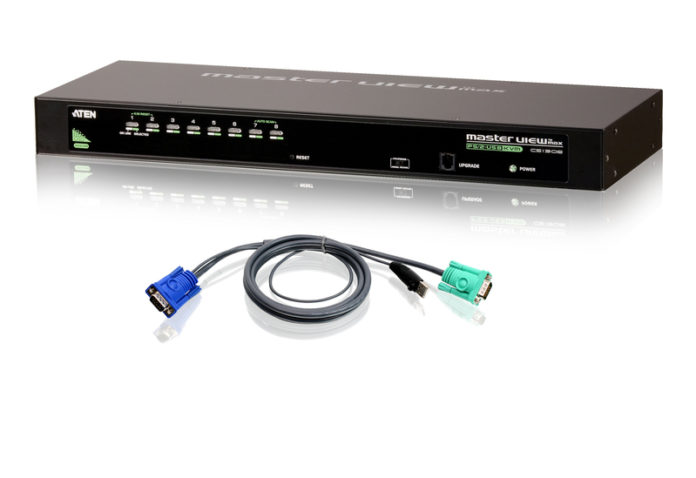KVM switches are considered to be the most popular gadgets in today’s server room and data center. They are used in IT environments worldwide for benefits from enabling remote access of network devices, allowing users to control more than one computer from a single video display monitor, keyboard and mouse, reducing desktop clutter to connecting other devices using copper cables. KVM switches help with all!
Suppose there are more than 15 servers in a room, how will you control all of them with “one-click” way at the same time? That’s where KVM switches come into the scenario. The benefit of the last approach to the data centers is in minimizing the number of cables between connected computers and the KVM Switch. If you haven’t combined KVM switches to your server rooms till now, it’s a good time for you to learn about KVM switches and use them for your business operations.
Enjoy with the multimedia line of KVM switches in ultra-high definition by TESmart. TESmart multimedia line has expanded and developed connectivity to come in for other video inputs like – streaming devices, cameras, gaming consoles, DVR’s and even more. Audio is communicated through HDMI connections enabling user with a large number of benefits as both a video switch combination and a KVM. Here are some questions that may arise in your mind regarding KVM:
What are the common types of KVM Switches?
Unlike other devices used in business premises and data centers, KVM Switches also come in various configurations and sizes.
From computer control and access perspective, there are two types of KVM switches:
- The multi-user KVM Switches:
They are used for data centers and large installations which require multiple users to handle a number of servers and computers. They enable multiple users to connect to various devices(Sun, PC, Mac) at the same time.
- Single user KVM Switches:
They are used for small installations such as a remote office. With the help of them, a single user can take access to as many computers from a single console.
From a technology and application perspective, there are two types of KVM switches:
- The digital KVM switch:
With the help of them, you can control your servers at any time, from any place, over any IP connection.
- The analog KVM switch:
They have a straight cable connection from the computer and deserve respect as they are ideal for professionals, and students.
Where are KVM switches required?
KVM switches are found in data center applications throughout the world as there are a number of servers and devices that are required to be controlled. KVM switches are used extensively in labs, multiple computer desktops, LAN administration, and various manufacturing operations. They help you get control of data center devices and also easily change your control from one server to the next.
What is required for running a KVM Switch?
Well, it depends on what type of KVM switch you have. The following things are crucial most of the times for a basic installation – adequate cables connecting devices like keyboard, computers, mouse, monitor and a KVM switch. More advanced components are required for larger installations.
What are the best KVM switches for various installations?
Each user has particular needs and each installation is different and unique. Before getting one for you, try and understand for what purpose you need KVM switches. For example, small installations, large installations, distance requirements, number of users, security, bandwidth, power, etc.








